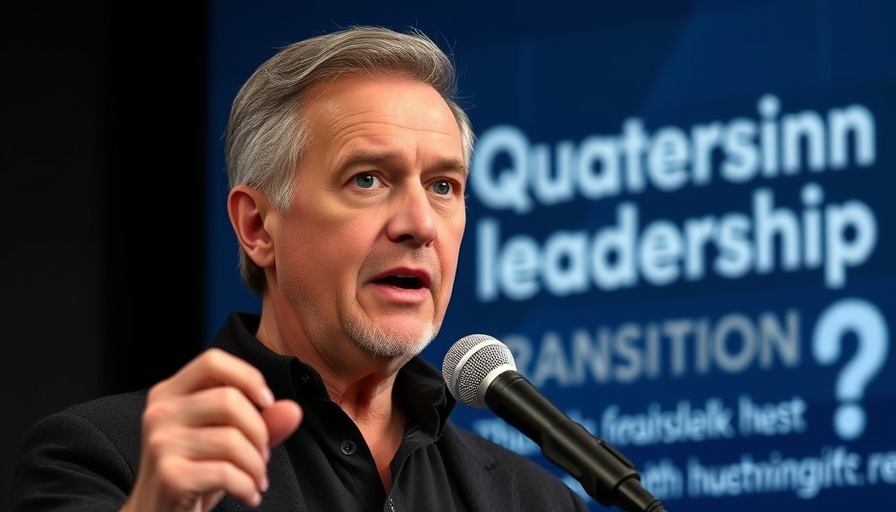
The Future of the SDA Church: A Transitional Message
The Seventh-day Adventist Church stands poised for significant leadership changes with the anticipated departure of Elder Ted Wilson. His time as General Conference president has seen both challenges and triumphs, shaping the church's direction and its global image. As Elder Wilson prepares to step down, he seems to be sending subtle messages to his potential successor, possibly influencing the future trajectory of the church.
A Legacy of Leadership
For over a decade, Elder Wilson has led the SDA Church, emphasizing evangelism, unity, and the importance of Scripture. His leadership style has ranged from firm and traditional to innovative, showcasing a blend of classic Adventist values with contemporary issues facing the church today. In recent addresses, Wilson has stressed the need for moral integrity and spiritual vigilance, perhaps hinting at qualities he believes are essential for the next leader.
The Importance of Succession
The transition of leadership in any organization, particularly in a faith community like the SDA Church, is a delicate matter. The next leader will not only inherit Wilson's achievements but also face the ongoing challenges of a modern church adapting to new cultural contexts. With members across diverse backgrounds, the new president needs a vision that transcends geographic and theological boundaries.
Messages to Consider: The Intent Behind His Statements
Many members of the SDA faith community have been carefully observing Wilson’s frequent emphasis on prayer and reliance on divine guidance. His recent statements may reveal more than mere platitudes; they appear to be strategic, underscoring a need for spiritual leadership grounded in faith. This aligns with the longstanding Adventist belief that leaders must be guided by the Holy Spirit, reflecting a commitment to spiritual renewal.
Engaging the Community: The Next President's Role
As the Seventh-day Adventist Church faces the future, engagement with the community will be paramount for the next president. Today’s churchgoers are more informed and expect their leaders to address pressing social issues, ranging from health and wellness to social justice concerns. In this context, Elder Wilson's leadership style exemplifies a model for balancing faith with contemporary societal matters, a challenge that his successor will undoubtedly face.
The Potential for Change: Addressing Doctrinal Unity
Some church members have spoken about their desire for a leader who can navigate the complex waters of doctrinal differences within the church. As the SDA Church grapples with various interpretations of doctrine, the next president’s ability to foster unity while respecting diversity will be critical. This may also pose an opportunity for revitalizing church membership and attracting younger generations who seek authentic spirituality.
Conclusion: A Call for Reflection and Engagement
The messages conveyed by Elder Wilson as he transitions from his role offer valuable insights into the kind of leader the SDA Church needs moving forward. His reflections remind us of the importance of steadfast faith and community engagement. As members of the faith community, we are called to actively participate in this transitional phase—both through prayer and by voicing our thoughts on the qualities that matter most in our next leader.
As the church moves into a new chapter, let’s engage with one another on what we expect and hope for in leadership. This is an opportunity to reflect on our collective journey and the role each of us plays in shaping the future of the Seventh-day Adventist Church.
 Add Row
Add Row  Add
Add 




Write A Comment